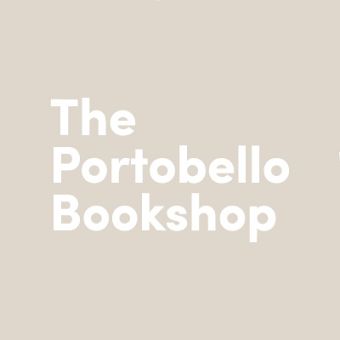Blood and Fire
La Violencia in Antioquia, Colombia, 1946-1953
Format:Hardback
Publisher:Duke University Press
Published:11th Jun '02
Currently unavailable, and unfortunately no date known when it will be back

Between 1946 and 1966a surge of violence in Colombia left 200,000 dead in one of the worst conflicts the western hemisphere has ever experienced. the first seven years of this little-studied period of terror, known as la Violencia, is the subject of Blood and Fire. Scholars have traditionally assumed that partisan politics drove La Violencia, but Mary Roldán challenges earlier assessments by providing a nuanced account of the political and cultural motives behind the fratricide. Although the author acknowledges that partisan animosities played an important role in the disintegration of peaceful discourse into violence, she argues that conventional political conflicts were intensified by other concerns.
Through an analysis of the evolution of violence in Antioquia, which at the time was the wealthiest and most economically diverse region of Colombia, Roldán demonstrates how tensions between regional politicians and the weak central state, diverse forms of social prejudice, and processes of economic development combined to make violence a preferred mode of political action. Privatization of state violence into paramilitary units and the emergence of armed resistance movements exacted a horrible cost on Colombian civic life, and these processes continue to plague the country.
Roldan’s reading of the historical events suggests that Antioquia’s experience of la Violencia was the culmination of a brand of internal colonialism in which regional identity formation based on assumptions of cultural superiority was used to justify violence against racial or ethnic "others" and as a pretext to seize land and natural resources. Blood and Fire demonstrates that, far from being a peculiarity of the Colombians, la Violencia was a logical product of capitalist development and state formation in the modern world.
This is the first study to analyze intersections of ethnicity, geography, and class to explore the genesis of Colombian violence, and it has implications for the study of repression in many other nations.
“Mary Roldán’s enduring commitment to the history of Colombia, and to the principles of thoroughness, fairness, and accuracy, combine to make this a truly exceptional book. Colombia is perhaps the least-known or understood country in Latin America, and yet the United States’ involvement with it only continues to grow. By following the day-to-day evolution of partisan conflict in the region of Antioquia during the dreadful period of carnage remembered simply as la Violencia, Roldán makes possible a crucial understanding of the current violence in that beautiful and baffling Andean country.”—Alma Guillermoprieto, author of Looking for History: Dispatches from Latin America
“This marvelous book makes important contributions in multiple ways. Beyond her nuanced analysis of the la Violencia and of sociopolitical values and ethnic/racial attitudes in Antioquia, Roldan illuminates important features of the political system. Her work, already influential among scholars working on twentieth-century Colombia, fortunately will now be available to a wider audience.”—Frank Safford, author of Colombia: Fragmented Land, Divided Society
ISBN: 9780822329039
Dimensions: unknown
Weight: 953g
416 pages